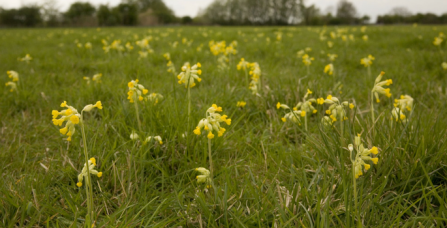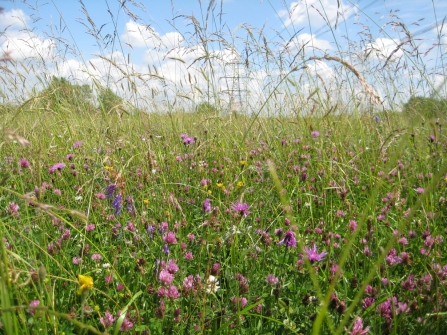Simon Cousins describes how a young love for wildlife led to a varied role as a volunteer at Chimney Meadows nature reserve in West Oxfordshire
Like many people, my passion for nature was fired up when I was very young. The event that lit the fire, so to speak, was the unforgettable winter of 1963 when thousands of redwings and fieldfares were literally just dropping out of the skies with exhaustion, starvation and cold. No one was talking about global warming or climate change in those days!
This catastrophic event was the catalyst for my lifetime love of birdwatching. From about the age of eight you couldn’t stop me - at every available opportunity I would be off with my binoculars to watch the birds on my local patch in Torbay, Devon.
As I got older my passion for nature grew and I went on to university to get degrees in zoology and entomology with the aim of securing my dream job in nature conservation. Unfortunately, as with a lot of dreams, it didn’t come true - other things like marriage, mortgage, kids and work always seemed to get in the way.
Fast forward to 2018 and at the tender age of nearly 63 I was made redundant. I did the financial calculations and realised, to my relief, that I could survive on a modest income and retire. This was great news – no more work and no more office politics!
Now, at long last, I would have a load of spare time on my hands to concentrate on what I really wanted to do with my life. As soon as I had received my wad of redundancy cash, I was straight on to BBOWT to find how I could get involved.





